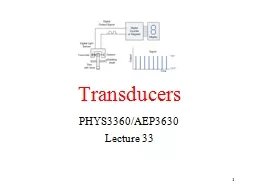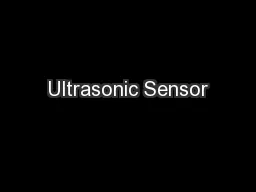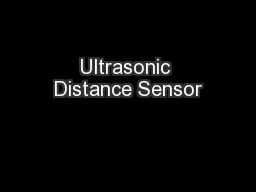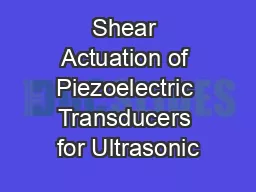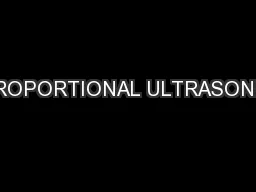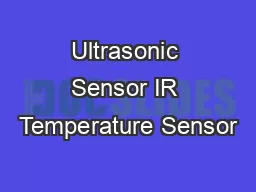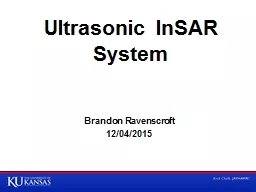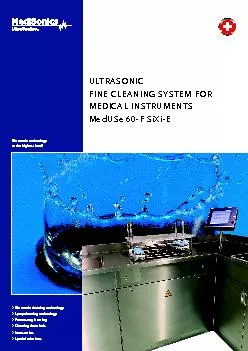PPT-Modelling of Open-Type Flexural Ultrasonic Transducers
Author : sequest | Published Date : 2020-06-17
Comsol Conference September 24 th 26 th 2019 Cambridge Author Sam Jackson Introduction What is an OpenType Flexural Ultrasonic Transducers Crosssection from
Presentation Embed Code
Download Presentation
Download Presentation The PPT/PDF document "Modelling of Open-Type Flexural Ultrason..." is the property of its rightful owner. Permission is granted to download and print the materials on this website for personal, non-commercial use only, and to display it on your personal computer provided you do not modify the materials and that you retain all copyright notices contained in the materials. By downloading content from our website, you accept the terms of this agreement.
Modelling of Open-Type Flexural Ultrasonic Transducers: Transcript
Download Rules Of Document
"Modelling of Open-Type Flexural Ultrasonic Transducers"The content belongs to its owner. You may download and print it for personal use, without modification, and keep all copyright notices. By downloading, you agree to these terms.
Related Documents


